回家路的博客
这一生,我们都在走在回家的路上!
正文
12月份的佛罗里达的西海岸城市Sarasota,风光明媚,气候贻人。全家旅游来到 约翰与梅波林林艺术博物馆John and Mable Ringling Museum of Art。地址: 5401 Bay Shore Road, Sarasota, FL 34243。感觉真是不虚此行,收获很多。请看英文网站介绍。
约翰与梅波林林艺术博物馆位于佛罗里达州的萨拉索塔,是佛罗里达的州立艺术博物馆,由马戏巨头林林兄弟中的约翰•林林和巴纳姆及贝利建立于1927年。建筑格局完全是意大利威尼斯的风格,内部的装潢摆设则是每个房间都不相同,家具都很豪华气派,给人的最大印象就是欧洲中世纪的古代典雅风格,沁人心脾。
约翰与梅波林林艺术博物馆位于佛罗里达州的萨拉索塔,是佛罗里达的州立艺术博物馆,由马戏巨头林林兄弟中的约翰•林林和巴纳姆及贝利建立于1927年。建筑格局完全是意大利威尼斯的风格,内部的装潢摆设则是每个房间都不相同,家具都很豪华气派,给人的最大印象就是欧洲中世纪的古代典雅风格,沁人心脾。
约翰与梅波林林艺术博物馆主要收集了从古代至现代的欧洲绘画,亚洲和美洲艺术作品,馆藏可达10000多件,包括有绘画、雕塑、照片、图片以及装饰艺术等。馆内最引人注目的莫过于16至18世纪的欧洲绘画,博物馆特意开辟了21个房间来展示这些作品,包括知名大师彼得•保罗•鲁本斯、卢卡斯•克拉纳赫、霍斯、委罗内塞、普桑、里贝拉等人的绘画,并且博物馆也在不断的增加绘画作品---美国旅游网(usa.bytravel.cn)

博物馆正门
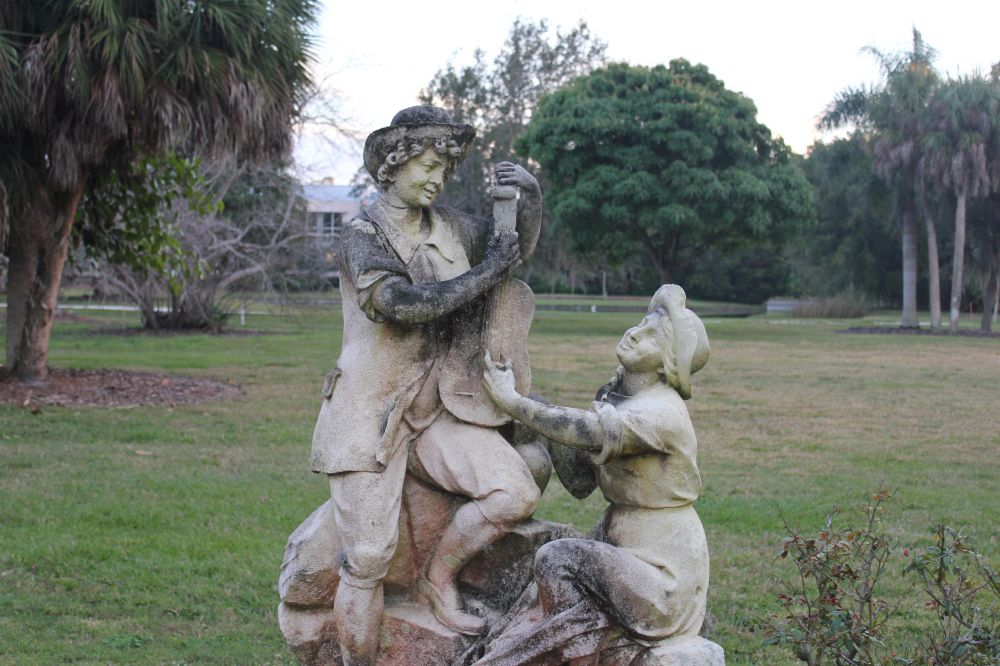
博物馆内石雕

约翰与梅波林林住所

艺术博物馆一瞥

约翰与梅波林林住所

约翰与梅波林林住所

艺术博物馆一瞥

艺术博物馆一瞥

玫瑰园

玫瑰园

玫瑰园

玫瑰园

博物馆园内一瞥
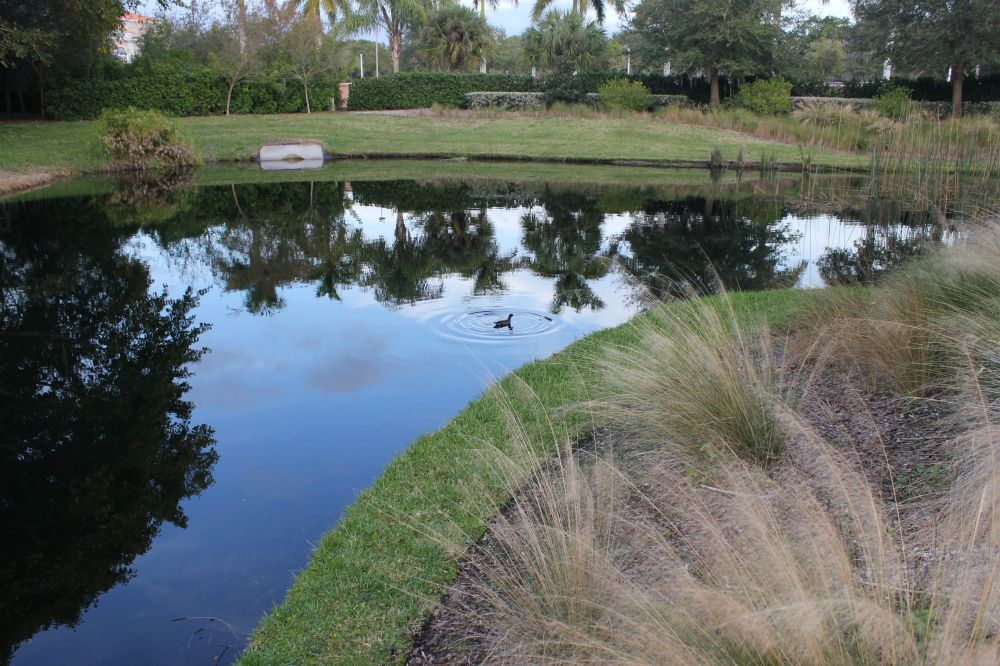
博物馆园内一瞥
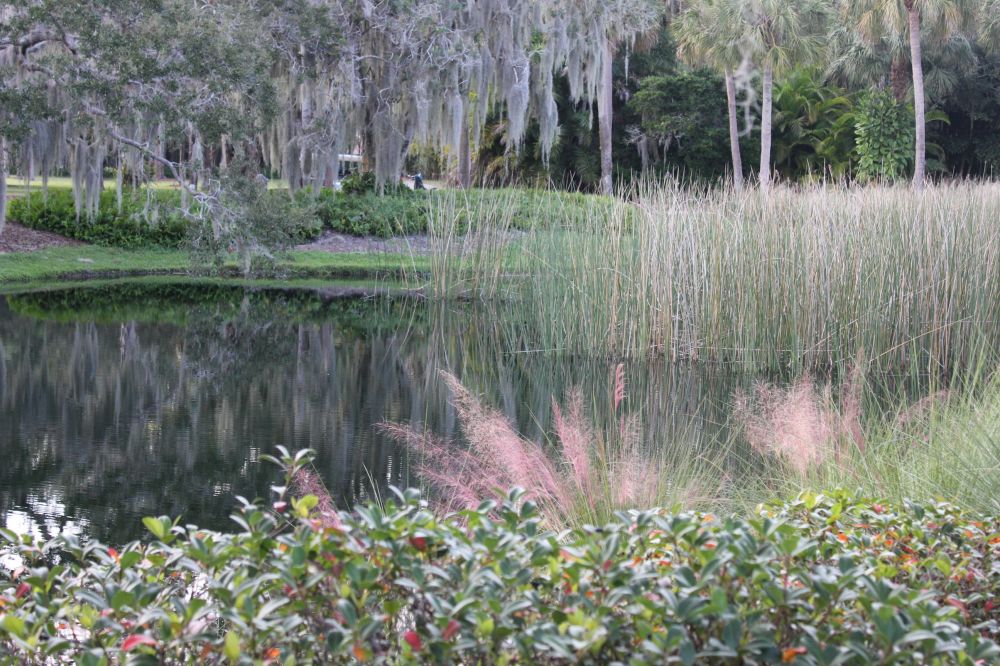
博物馆园内一瞥

博物馆园内一瞥

博物馆园内一瞥

博物馆园内一瞥

博物馆园内一瞥

博物馆园内一瞥

博物馆园内一瞥
图:回家路
以下博物馆介绍来自博物馆网站, 除图由回家路拍摄:
History of The Museum of Art
A Passion Begins
John Ringling was one of the early 20th century’s most prolific collectors of art. The Museum of Art is his legacy.
In 1905 Ringling married Mable Burton, a woman who shared his love for and taste in art. Soon after their marriage they became fixtures in New York’s art auction houses, buying paintings, furniture and tapestries from the homes of the wealthy and socially prominent for their own growing collection. In 1924, the Ringlings met the prominent German art dealer Julius Böhler, a relationship that would prove crucial to Ringling and his growing interest in
collecting art.
collecting art.
The Museum Begins to Take Shape
The Ringlings had been traveling through Europe for years and had fallen in love with Baroque art. In 1925 he hired architect John H. Phillips to design and build a museum on his Sarasota property to house his ever-growing collection.
What Phillips designed was a U-shaped pink palace with 21 galleries to house Ringling’s treasure trove of paintings and art objects, highlighted by a collection of masters that would
eventually include Velazquez, El Greco, Van Dyke, Veronese, Tiepolo, Gainsborough and Rubens.
eventually include Velazquez, El Greco, Van Dyke, Veronese, Tiepolo, Gainsborough and Rubens.
Paired perfectly with the Renaissance-style of the Museum, the Museum of Art’s Courtyard embodied the ideals of the Renaissance garden. Its long loggias flank a central courtyard that features an impressive group of early twentieth-century bronze and stone casts of famous Classical, Renaissance, and Baroque sculptures, amongthem, at its heart, Michelangelo’s David from Palazzo Vecchio in Florence.
Ringling hoped that by building the Museum he would make Sarasota a cultural and educational center. To achieve his vision he began buying comprehensive collections with prestigious provenances, beginning with the purchase of three rooms complete with furnishing, paintings and architectural finishes from the Astor Mansion and a villa in the Tuscan countryside.
He also purchased four tapestry paintings, oil on canvas, by the Flemish master Peter Paul Rubens from the Duke of Westminster. Today these magnificent paintings welcome you as you enter the Museum’s gallery and are the foundation of the Museum’s extraordinary Baroque collection。
The Collection Grows
The Collection Grows
Between 1925 and 1931, Ringling acquired more than 600 Old Master paintings from the Late Medieval thorough the 19th century. His purchase of Rubens’ Pausias and Glycera was considered so significant that Art Digest reported on it.
In 1928, Ringling made another significant acquisition that was to form the core of his classical antiquities collection, 2800 objects of Greek, Roman, and Cypriot antiquities from the Metropolitan Museum of Art in New York. Excitement about his collection was growing in art circles; the New York Times did a full-page article about the purchase, praising not only the collection but the Museum and its surroundings as well。
That same year he bought the Parisian Gavet Collection, 300 hundred pieces of Late Medieval and Early Renaissance decorative art, sculpture and religious liturgical objects from the Vanderbilt’s Marble House in Newport, Rhode Island.
After Ringling
In his will Ringling bequeathed his museum to the people of Florida, a gift he hoped would achieve his vision of creating in Sarasota a cultural and educational center.
Hurt by the Depression, Ringling had fallen into debt and creditors and legal wrangling would delay the settling of his estate for a decade. Funds were poorly managed and the endowment Ringling left languished and barely grew. The Museum was only occasionally opened between 1936 and 1946 and not properly maintained. Gradually, the care that the buildings required were either put off or handled piecemeal.
But while the Museum struggled with a lack of finances, a series of Directors continued to foster its artistic growth, most notably A. Everett (Chick) Austin, Jr. the charismatic former Director of The Wadsworh Atheneum in Hartford, Connecticut who became the Museum’s first Director and Curator in 1946 and served until his death in 1957.
Other Directors followed and made their contributions: Kenneth Donahue, who served from 1958 until 1964 established the Member’s Council and started the quarterly newsletter; Curtis Cooley, the Director from 1965 to 1972 oversaw the completion of the West Wing and established the Museum Foundation; Richard S. Carroll created the Docent Program and had the Museum added to the National Register of Historic Places during his tenure from 1973 to 1984; Laurence Ruggiero, who served as Director from 1985 until 1992 established the Museum’s archives, during David Ebitz’s Directorship from 1992 until 2000 governance of the Museum was passed to Florida State University (FSU)。
Restoration
The state promised to fund immediate repairs and in 2002 provided through FSU another $43 million to fund restoration of the Ringling – provided the museum board could raise another $50 million within five years. Thanks community efforts and truly generous public
support, they exceeded beyond expectations and more than $56 million was raised by 2007.
support, they exceeded beyond expectations and more than $56 million was raised by 2007.
John Wetenhall, the Museum’s Director from 2001 until 2009 shepherded its extraordinary rebirth and oversaw the building of the Searing Wing, which provides more than 20,000 square feet of new exhibition space.
A New Beginning
Interim director Marshall Rousseau, a longtime Ringling supporter, oversaw the Museum after Wetenhall’s departure and in 2011 was instrumental in bringing Steven High to The Ringling.
High is committed to expanding the range of Museum offerings by introducing audiences to those emerging talents in the international arts community.
Under his leadership, a 10-year project, Joseph’s Coat, a Skyspace by modern master James Turrell, was completed, thrilling audiences by inviting them to contemplate light andperception as they gaze at the sky through a 24’ aperture, in the ceiling. High
has also overseen the mounting of Paolo Veronese, the first major exhibition of the renaissance artist in over 20 years and the first artist that John Ringling acquired.
has also overseen the mounting of Paolo Veronese, the first major exhibition of the renaissance artist in over 20 years and the first artist that John Ringling acquired.
The Future
In December of 2013 ground was broken on a new building that will house the Museum’s new Center for Asian Art.
Scheduled to open in 2016, the Center will provide educational opportunities for students and scholars and enable the public to better understand and appreciate Asian history and society through exhibitions, programs, and publications.
The momentum of these and other recent Museum of Art successes have accelerated exciting plans for new acquisitions, buildings and programs, fulfilling John Ringling’s dream of a great cultural center on Florida’s West Coast.
History of the Circus Museum
It was thought to be ostentatious for a man of John Ringling’s generation to bring attention to the source of his wealth. As a result, the idea of a Museum celebrating the history of the American Circus was not Ringling’s but A. Everett “Chick” Austin Jr.’s, The Ringlings’ first Director and a member of the International Brotherhood of Magicians.
Established in 1948, the Ringling Museum of the American Circus was the first to document the rich history of this phenomenally popular entertainment. And because in 1927 John Ringling had made Sarasota the Winter Quarters of the Ringling Bros and Barnum & Bailey® Circus, many of the performers
moved to the immediate area. As a result of their generosity, the Museum’s collection of wardrobes and circus memorabilia quickly grew.
Today, the Circus Museum is home to the newly restored Wisconsin. Worthy of the man called the “King of the Circus”, the Wisconsin is the railroad car on which John and Mable Ringling traveled across the country looking for feature acts that would keep audiences filling the seats of the big top.

the Wisconsin is the railroad car

the Wisconsin is the railroad car

the Wisconsin is the railroad car

the Wisconsin is the railroad car
Visitors to the museum will find performers’ wardrobes, performing props, as well as all types of equipment, including beautifully carved parade wagons, sturdy utility wagons, tent poles, massive bail rings that suspended the tent canvas and even a cannon that shot fearless performers across the big top.
There is also an incredible wealth of 19th and early 20th century posters and props used by famous performers as well as a large collection of circus history and literature that includes newspaper clippings
dating as far back as 1816. A must-see in the Museum is the film The Life and Times of John and Mable Ringling, narrated by Hal Holbrook. It features the lives of John and Mable Ringling, the history of Ringling Bros. circus, the building of the Ca’ d’Zan and the Museum of Art, as well as John’s influence in
the development of Sarasota.
In January of 2006, the Circus Museum Tibbals Learning Center opened to house posters, special exhibitions and its centerpiece – the 3,800 square foot Howard Bros. Circus Model, a 44,000-piece re-creation of the Ringling Bros. and Barnum & Bailey® Circus combined shows from 1919-1938.
The Tibbals Learning Center also houses The Greatest Show on Earth, a 924-square-foot mural depicting the Ringling Bros. and Barnum & Bailey® show of the 1970s and 80s. Donated by the Feld family and Feld Entertainment Inc., the parent company of Ringling Bros. and Barnum & Bailey®,
this colossal work salutes such feature acts as aerialist Dolly Jacobs, her father, master clown Lou Jacobs, and the celebrated animal presenter Gunther Gebel-Williams.
this colossal work salutes such feature acts as aerialist Dolly Jacobs, her father, master clown Lou Jacobs, and the celebrated animal presenter Gunther Gebel-Williams.
In 2012, a west wing was added to the Tibbals Learning Center. Here, visitors to these interactive galleries can walk the wire, squeeze into a clown car and have their picture take with a faux tiger.
The 12,000-square-foot second floor houses the Archives that houses one of the country’s most important collections of rare handbills and art prints, circus papers, business records, heralds and photos.
So much of this has been made possible by the generosity of Howard Tibbals and his wife Janice. Tibbals fell in love with the circus as a boy and devoted his life to creating the miniature circus and lending his family name to the Learning Center.
History of Ca' d'Zan
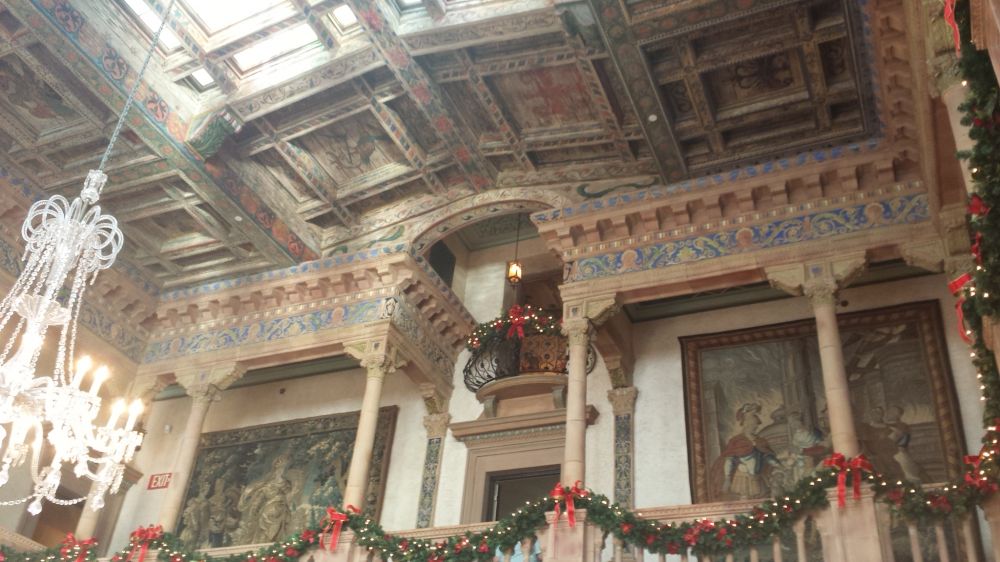
约翰与梅波林林住所内景


约翰与梅波林林住所内景


约翰与梅波林林住所内景
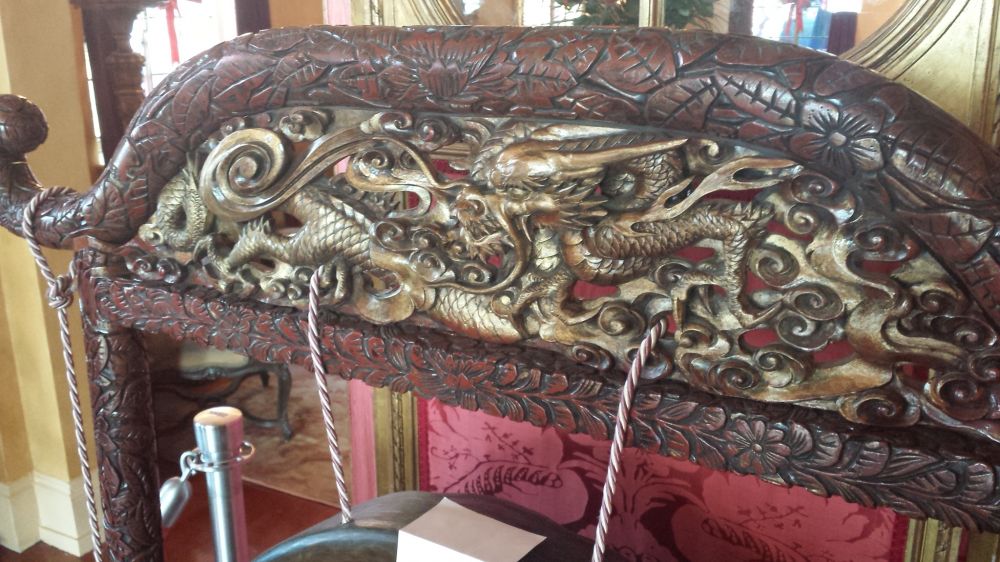
约翰与梅波林林住所内景
The Inspiration
The Ringlings had been traveling throughout Europe for nearly 25 years, acquiring circus acts and art. They both greatly admired the architectural style of Venice’s Ducal Palace, Ca’ d’Oro and the Grunwald Hotel. When they decided to build a home in Sarasota, Florida, where they had been winter residents for a number of years, The Ringlings took these palazzi as their inspiration – and Sarasota Bay as their Grand Canal.
Building Begins
The Ringlings hired the famous New York architect Dwight James Baum, to design the home and Owen Burns to build it. However, Mable, who had kept an oilskin portfolio filled with postcards, sketches and photos she had collected during her travels, oversaw every aspect of the construction, from the mixing
of the terra cotta to the glazing of the tiles. Indeed, so great was her involvement that the original architectural plans called it “The Residence of Mrs. John Ringling.”
of the terra cotta to the glazing of the tiles. Indeed, so great was her involvement that the original architectural plans called it “The Residence of Mrs. John Ringling.”
One of America’s wealthiest couples, the Ringlings started building Ca’ d’Zan in 1924 and completed it shortly before Christmas in 1926 at the then princely sum of $1.5 million. Sadly, their happiness there was not to last, for only three years after its completion, Mable died from Addison’s disease and the complications of diabetes.
The House
The 36,000 square-foot house sits on a waterfront site 1,000 feet long and 3,000 feet deep. It is five stories tall and has a full basement. Constructed from terra cotta “T” blocks, concrete and brick, it is covered with stucco and terra cotta and embellished with glazed tile. Decorative tile medallions,
balustrades and ornamental cresting in soft red, yellow, green, blue and ivory highlight the pink patina of the stucco and terra cotta exterior.
balustrades and ornamental cresting in soft red, yellow, green, blue and ivory highlight the pink patina of the stucco and terra cotta exterior.
Originally roofed with 16th century Spanish tiles imported by the builder, the bayfront terrace was made from domestic and imported marble. Ringling kept his yacht, Zalophus, docked there and often entertained celebrities of the Roaring Twenties, including comedian Will Rogers and New York Mayor Jimmy Walker. Today, the terrace hosts weddings, corporate parties and a number of
popular gatherings like Yoga on the Terrace.
popular gatherings like Yoga on the Terrace.
Inside, the main floor includes living, entertaining and dining areas. The Ringlings private bedrooms
as well as five guest bedrooms are found on the second floor along with the servants’ quarters. On the third floor there is a game room and bath. On the fourth floor there is a great beamed guest room and bath with windows on all four sides. At the property’s pinnacle is an 82-foot-high tower with an open-air landing and a high-domed ceiling. Legend has it that John enjoyed taking guests up to the tower to show them his land holdings in Sarasota, which then extended nearly as far as the eye could see.
as well as five guest bedrooms are found on the second floor along with the servants’ quarters. On the third floor there is a game room and bath. On the fourth floor there is a great beamed guest room and bath with windows on all four sides. At the property’s pinnacle is an 82-foot-high tower with an open-air landing and a high-domed ceiling. Legend has it that John enjoyed taking guests up to the tower to show them his land holdings in Sarasota, which then extended nearly as far as the eye could see.
The Furnishings
Ca’ d’Zan is every bit as opulent inside as it is outside. Paintings by Langetti, Sorine, Devouge and Mazo hang on the walls. Displayed in the small butler’s pantry is a collection of silver that was used during formal events. A much larger pantry has a custom-made German silver sink that provided
a soft, forgiving surface to protect the fine crystal, china and earthenware from breakage. The cabinetry
throughout the pantry displays the extensive collection of china collected during the Ringlings’ world travels. The dining table accommodates 22 chairs. A crystal chandelier from the original Waldorf-Astoria Hotel hangs in the living room above a black and white marble tiled floor. There is even an Aeolian organ
with 2,289 pipes installed behind curtains in a chamber on the second floor.
a soft, forgiving surface to protect the fine crystal, china and earthenware from breakage. The cabinetry
throughout the pantry displays the extensive collection of china collected during the Ringlings’ world travels. The dining table accommodates 22 chairs. A crystal chandelier from the original Waldorf-Astoria Hotel hangs in the living room above a black and white marble tiled floor. There is even an Aeolian organ
with 2,289 pipes installed behind curtains in a chamber on the second floor.
Decline…
When John Ringling died in December of 1936 he bequeathed his estate to the people of Florida, but legal wrangling with his creditors went on for a decade until the property finally passed unencumbered to the state. During this time Ca’ d’Zan remained closed. Finally, in 1946 it was reopened to the public.
But the care that older buildings require was neglected due to a lack of funds, and by the late 90’s, Ca’ d’Zan was in such a state of disrepair it was used as the location for Miss Havisham’s decrepit mansion in the 1996 Hollywood remake of Charles Dickens’ classic Great Expectations.
…and Restoration
That same year the mansion was closed so that a comprehensive restoration and conservation project could be undertaken. Much of the marble terrace had to be replaced, balusters and railings along the waterfront were repaired and replaced, as were many of the decorative terracotta ornaments reminiscent of Venice. Even a new roof was installed.
Archival photos were used to determine the original look of each room. Paint samples were used to match the original colors of the walls. Original paintings and furnishings were retrieved from storage and restored. The ceiling murals by Willy Pogany, the set decorator of the Zeigfeld Follies, were restored by a
group of international conservators. Original moldings were cleaned and repainted. Carpets and rugs were conserved or replaced. Even clothing from the Ringlings’ wardrobe was returned to closets and drawers. In 2004 and 2005, the home’s original gate house was restored as the entrance of the new Visitor Pavilion, making the welcome visitors receive more authentic and true to the
original design.
group of international conservators. Original moldings were cleaned and repainted. Carpets and rugs were conserved or replaced. Even clothing from the Ringlings’ wardrobe was returned to closets and drawers. In 2004 and 2005, the home’s original gate house was restored as the entrance of the new Visitor Pavilion, making the welcome visitors receive more authentic and true to the
original design.
Finally completed in 2002, at a cost of $15 million, ten times that of the original house, Ca’ d’Zan was happily returned to its former glory and reopened as the grandest mansion on Florida’s Suncoast. Today it stands as one of America’s architectural treasures.
History of The Historic Asolo Theater
The Italian Years
The Sarasota Symphony, Opera, Ballet and the Asolo Rep. Most of them began life in a small, jewel box of a theater whose own life began more than 200 years ago in a small town in Italy. The theater was originally designed and built in 1798 in honor of Queen Caterina
Cornaro, the widow of the King of Cyprus, who ruled over Asolo, a small town near Venice, from 1489 until her death in 1510.
Cornaro, the widow of the King of Cyprus, who ruled over Asolo, a small town near Venice, from 1489 until her death in 1510.
Asolo, like Sarasota, was a place that enchanted its visitors, among them the French novelist George Sand and the English poet, Robert Browning. Though the court theater was small, it attracted the great actors of Europe who played there when they toured.
Reconstructed in 1857, the theater – U-shaped with three tiers of boxes, with an architectural plan and scale of construction common in 18th century court theaters – remained in its original setting in the castle until 1930, when it was dismantled and removed, its ornamental panels and decorative elements kept in storage for the next two decades. In its place, a movie theater was built and named for the great star of the age, actress Eleonora Duse, who first performed there in 1885, retired to the town and was later buried there.
Austin’s Vision
A. Everett “Chick” Austin, one of America’s leading experts in the field of Baroque art, had been director of the Wadsworth Atheneum in Hartford from 1927 until 1944. There, he had developed a reputation for doing some of the country’s most innovative and visionary work.
He had always been interested in theater and when a new wing was planned for the Atheneum he insisted it include a theater; it was on that stage that he appeared in the title role of Hamlet。
He had always been interested in theater and when a new wing was planned for the Atheneum he insisted it include a theater; it was on that stage that he appeared in the title role of Hamlet。
When he became the Ringling Museum’s first Director in 1947, he told a Sarasota newspaper: “The function of a museum is more than merely showing pictures… The museum is the place to integrate the arts and bring them alive.” And so he brought the first performing artists to the Ringling, beginning with a organ recital at Ca’ d’Zan and a production of Molière’s School for Husbands in the Museum of Art Courtyard.
Bringing the Historic Asolo Theater to The Ringling
Long aware of the Asolo, Austin was able to purchase the theater’s decorative interior in 1949 from his friend, Venetian art dealer Adolph Loewi. However, Austin’s hope for
a new wing to house the theater wasn’t financially feasible at the time so it was installed in the Museum’s auditorium.
a new wing to house the theater wasn’t financially feasible at the time so it was installed in the Museum’s auditorium.
It proved an immediate sensation. The opening night black-tie audience saw two short operas by Mozart and Pergolesi. The event drew national attention and praise. Over the next few years, The Historic Asolo Theater presented a great range of programs, from
concerts and plays to motion pictures and lectures.
concerts and plays to motion pictures and lectures.
In 1954, plans were made for a separate building that was constructed off the west end of the north wing of Museum of Art. The Theater was installed during 1955 and 56 and completed in 1957.
The Opening
Sadly, just weeks before the theaters opening in January of 1958, Chick Austin died of cancer. Overseeing the opening fell to his successor, Kenneth Donahue.
He was up to the task. The most coveted publication in America then was LIFE Magazine and Donahue convinced LIFE to cover the event. The post-performance celebration took place at Ca’ d’Zan, and was a spectacular event that had attendees in costume and fireworks exploding from a barge over Sarasota Bay. It was, as one participant observed,
an event John Ringling would have loved. From this auspicious opening emerged the city’s most renowned performing arts venue.
an event John Ringling would have loved. From this auspicious opening emerged the city’s most renowned performing arts venue.
A Home for the Performing Arts
Like Austin, Donahue believed that the Museum should be more than a home to the Old Masters collected by John Ringling. Their vision was to make it a center for both the visual and performing arts. By 1963 the Opera was drawing 13,000 people from 32 states and
15 foreign countries.
15 foreign countries.
In 1959, a performance of Clifford Odet’s The Country Girl began to take the theater program that had begun with student productions to a new level and by 1966 the professional Asolo Theater Company was born.
In addition to the winter season of opera and summer season of theater, The Historic Asolo Theater was the stage for a CBS orchestra concert of sacred music in 1965 and films from all over the world were presented there. Even film star Vincent Price turned lecturer for an
Historic Asolo Theater appearance.
Historic Asolo Theater appearance.
Time Takes Its Toll
Indeed, while John Ringling’s dream of Sarasota as a major cultural center seemed to be coming true there were problems. The Theater was becoming a victim of its own success. In 1979, the Asolo Opera Company purchased the old Edwards Theater in downtown Sarasota and after extensive renovation opened there in 1983 as the Sarasota Opera. In 1989, the FSU Center for the Performing Arts opened just a few yards away, providing a new home to the Asolo Theater Company, The FSU/Asolo Conservatory and the FSU Film School. After thirty seasons, the tradition of The Historic Asolo Theater as home to resident theater and opera companies was at an end.
Underused and underfunded, the theater required a much-needed restoration and in 2001 safety issues forced it to close to the public.
Act Two
But the Asolo would not remain in this condition for long. It had survived occupation by Napoleon and dismantlement by Mussolini and it would survive this, thanks largely to the
combined efforts of The Ringling dedicated staff and donors who, along with Florida State University administrators, began planning an ambitious program for the renaissance of the entire Ringling estate. Both the state and the public responded generously and plans proceeded.
combined efforts of The Ringling dedicated staff and donors who, along with Florida State University administrators, began planning an ambitious program for the renaissance of the entire Ringling estate. Both the state and the public responded generously and plans proceeded.
The dazzling beauty of the original theater was recaptured, the end result of the detailed in-painting, regilding and restoration work done by the conservation team. Now the restored theater, with state-of-the-art facilities and equipment, has taken up residence in its
new home in the Visitor Pavilion behind the original Ca’ d’Zan gatehouse.
new home in the Visitor Pavilion behind the original Ca’ d’Zan gatehouse.
In 2006, under the leadership of Museum Director John Wetenhall, the curtain rose again and the beautiful palace playhouse was ready to begin its second act, serving, as Chick Austin had promised, “as a brilliant setting for plays, concerts, lectures and motion picture programs that are part of the cultural advantages the Ringling offers to students of the fine arts, and to the public.”
History of the Bayfront Gardens
Mable Ringling’s Rose Garden
It is one of the loveliest, most fragrant spots on the Ringling estate and one of its very first works of art. Completed in 1913, the 27,225 square foot Rose Garden is Italian inspired, its circular design patterned after a wagon wheel, its pathways lined with garden sculptures of courting couples in pastoral scenes. But when the estate fell into disrepair in the late thirties and early forties, the garden was one of the victim’s.
When restoration began, horticulturist Ron Mallory made it his personal mission to return the Rose Garden to its former glory. He recruited volunteers whose work revived the beds, earning the garden accreditation from the All-American Rose Selections in 2004 and recognition in 2006 as the most
outstanding All-American Rose Selections Public Rose Garden in the nation.
outstanding All-American Rose Selections Public Rose Garden in the nation.
While none of the original roses planted by Mable survive, many of the 1200 rose plants are of the same varieties she planted. Today, the garden consists of roses introduced between 1867 and 2002, among them Tree Roses, Hybrid Teas, Floribundas, Grandifloras, miniature roses, shrubs and Old Garden Roses. Fittingly, a rose dedicated to Mable is also featured in the garden.
The Secret Garden
Just north of Ca’ d’Zan is Mable’s Secret Garden, where she, John and his sister Ida Ringling North are buried. Mable created this garden with plants given to her by friends and neighbors during her winters at Ca’ d’Zan. She enjoyed entertaining her guests by taking them on tours. Today, thanks in large part to the efforts of The Driftwood Circle of the Sarasota Garden Club, varieties of Bromeliads, Philliline Violets and Variegated Bougainvilleas thrive.
The Dwarf Garden
Reminiscent of romantic 18th- and 19th-century German and Italian gardens, the Dwarf Garden is peopled with amusing stone statues that John Ringling had brought from Italy. Though modest and discreet, the statues serve as a symbolic link bonding the visual and performing arts celebrated at the Ringling.
Originally installed by the Museum’s second director, Kenneth Donohue, the Dwarf Garden sat between the north wing of the Museum of Art and the free standing building that housed The Historic Asolo Theater from 1958 to 2004. When the Theater was later moved into the Visitor Pavilion, the Dwarf
Garden was relocated next to the Visitor Pavilion, where it continues to delight visitors.
Garden was relocated next to the Visitor Pavilion, where it continues to delight visitors.
The Estate’s Trees
Mable envisioned an estate riot with exotic trees and plants and collected them with the same passion that her husband collected art. To wander the estate today is to wander through a 66-acre garden of trees, among them 14 Banyan, the largest collection in Florida; two Shaving Brush; one Tiger Claw; one Monkey Puzzle; two Ear, including the state champion, the largest in Florida; two Rainbow Eucalyptus; and six varieties of bamboo.
The Bayfront Promenade and Millennium Tree Trail
Thanks to a generous donation from David F. Bolger, a bayfront promenade was developed in 2010, which connects Ca’ d’Zan to the Millennium Tree Trail at the southern end of the estate. Created to mark the year 2000, the trail provides a welcome respite from the intense Florida sun, and showcases a wide variety of trees, including oak, holly, citrus and magnolia.
The Courtyard
Marrying perfectly with the Renaissance-style of the Museum of Art, the Courtyard embodies the ideals of the Renaissance garden. U-shaped, it has long loggias flanking a central courtyard that features bronze and stone copies of famous Classical, Renaissance, and Baroque sculptures, among them, at its heart,
Michelangelo’s David. The courtyard consists of three, tiered terraces with turf, low-growing juniper and slash pines. The west end of the courtyard is home to a moat flanked by statues of reclining figures representing the Nile and Tiber, the great rivers of Egypt and Rome.
Michelangelo’s David. The courtyard consists of three, tiered terraces with turf, low-growing juniper and slash pines. The west end of the courtyard is home to a moat flanked by statues of reclining figures representing the Nile and Tiber, the great rivers of Egypt and Rome.
The Canvas
The grace of the gardens’ shapes, the power of their size, their bursts of color create the sense that the estate itself is a canvas, the Ringlings work of art. And as you stroll across this canvas and hear the whisper of the bay breezes blowing sweet through the branches and watch the sun set a rainbow over
the Gulf you can almost see John and Mable standing at the edge of the water, hand-in-hand smiling at the legacy they left behind.
the Gulf you can almost see John and Mable standing at the edge of the water, hand-in-hand smiling at the legacy they left behind.
评论
目前还没有任何评论
登录后才可评论.




